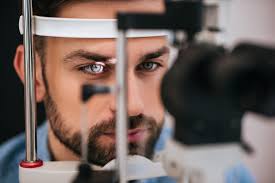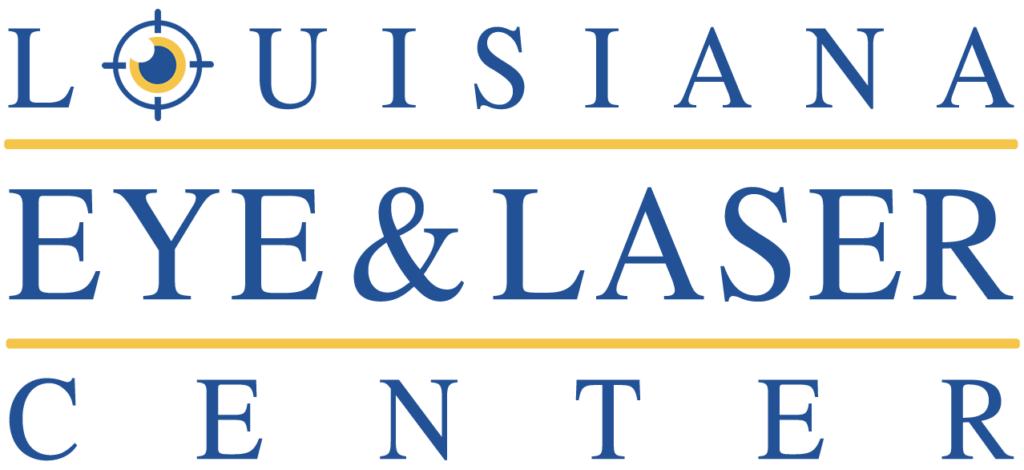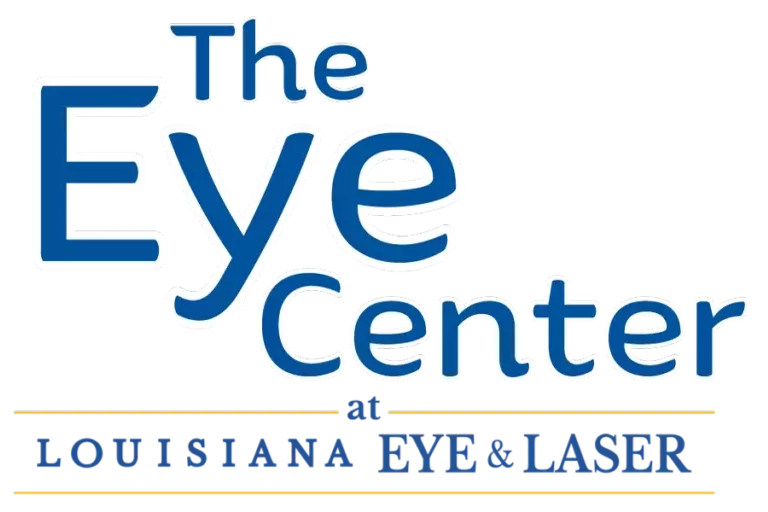
Amblyopia, commonly referred to as ‘Lazy Eye’ is caused when the vision in one or both eyes does not develop properly during childhood. A child’s vision develops in the first few years of life, and as a result this condition is most common in babies and young children. It is important to diagnose and treat amblyopia as early as possible in order to help the child develop normal and healthy vision. Questions about Lazy Eye are common at our Louisiana eye care practices. Continue reading below for answers to common patient questions about Lazy Eye. If you have more questions or need to schedule an eye examination with our staff, call us or contact us here online.
Table of Contents:
Click on a question below to be taken directly to that answer.
- What is Lazy Eye?
- What is the cause of Lazy Eye?
- How do you correct Lazy Eye?
- Do you need surgery to fix Lazy Eye?
- Can adults get lazy eye?
What is Lazy Eye (Amblyopia)
Lazy Eye is caused when vision does not develop properly during childhood. For a visual explanation of what Lazy Eye, also referred to as Amblyopia, is, view the video below from the American Academy of Ophthalmology.
What is the cause of Lazy Eye?
There are several possible conditions that can cause Lazy Eye in a child. These include:
- Refractive Errors. Having a refractive error means being diagnosed with astigmatism, nearsightedness, or farsightedness. Sometimes a child has a refractive error that is worse in one eye than the other. This can cause vision to not develop properly in the more affected eye.
- Droopy Eyelid. Ptosis, also called a droopy eyelid, can block vision in the eye of a child who is still developing their vision and lead to Lazy Eye.
Cloudiness in the eye. Sometimes a child is born with a cataract, which means that the lens of the eye, which is normally clear, is instead cloudy. This can lead to their vision not developing properly in that eye and cause Lazy Eye. - Strabismus. Strabismus occurs when the eyes point in two different directions. Due to this condition, one eye sometimes turns up, down, in, or out while the other is focused straight ahead. In order to avoid seeing double, the child’s brain may sometimes ignore the image that is not focused properly, but this can keep that eye from developing properly and lead to Lazy Eye.

How do you correct Lazy Eye?
Lazy Eye is most often corrected by forcing the child to use their weaker eye by putting a patch over their stronger eye. In some cases, the doctor may even use eye drops to blur vision in the stronger eye, or prescribe glasses that blur vision in the strong eye. It generally takes several weeks or months for the vision in the weaker eye to become stronger. Even still, once the child has better vision in their weak eye they may need to wear an eye patch part-time for months to a few years. This is necessary because the eye can weaken again if left alone. Your doctor will closely monitor progress during this time with scheduled appointments. If you have questions about how to correct Lazy Eye or need to schedule an eye exam or appointment, call us or contact us below to schedule with our eye care providers.
Do you need surgery to fix Lazy Eye?
Amblyopia, also known as lazy eye, is a common eye problem that can result in blurred vision, squinting and poor depth perception. Lazy eye is common in children but is also known to affect adults. There are a wide variety of treatments that are used to mitigate or eliminate lazy eye in both children and adults. A common question our eye specialists receive from patients is “do I need surgery to fix my lazy eye?” The answer to this question depends on the unique case. Treatment can range from the use of a patch to glasses or contacts designed to strengthen the lazy eye. In some cases surgery may be required to fix a severe muscle problem in the eye. Your eye doctor will determine which treatment is the best solution for your individual situation.
Can adults get Lazy Eye?
While the majority of lazy eye cases develop during childhood, it is possible to develop lazy eye as an adult. It is a common misconception that adults cannot develop lazy eye. Adults who develop lazy eye likely suffered from lazy eye during childhood but were never diagnosed because it was not noticeable. As we age, our eye muscles become naturally weaker. Any slight lazy eye from childhood is bound to become more apparent in adulthood. If you develop lazy eye as an adult your eye doctor can help you determine the best course of action to correct the muscular imbalance.




